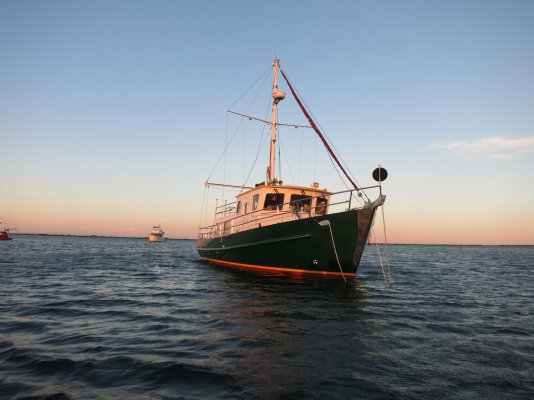psneeld
Guru
I've struggled with this simplification thing since I've been on here. I get that most folks lack either the time or inclination to delve into this stuff in such depth, you're all here for recreation after all and this isn't your career so why make it into work. This is why I make suggestions like here, this was my career.
Yes ....most of us are here for recreation...that's why I try to keep it simple for the level most here need to be. They will study further if they see it as an important point and care to.
But don't assume for one minute that some here were not professional mariners for a big chunk of their lives or professional riggers or crane operators or engineers that don't understand the math, physics and practical use of lifting slings, bridles etc.
Imagine worrying about one breaking and have it come up through their helicopter rotor system....so more than a simple understanding probably happened at some point.


 :
: